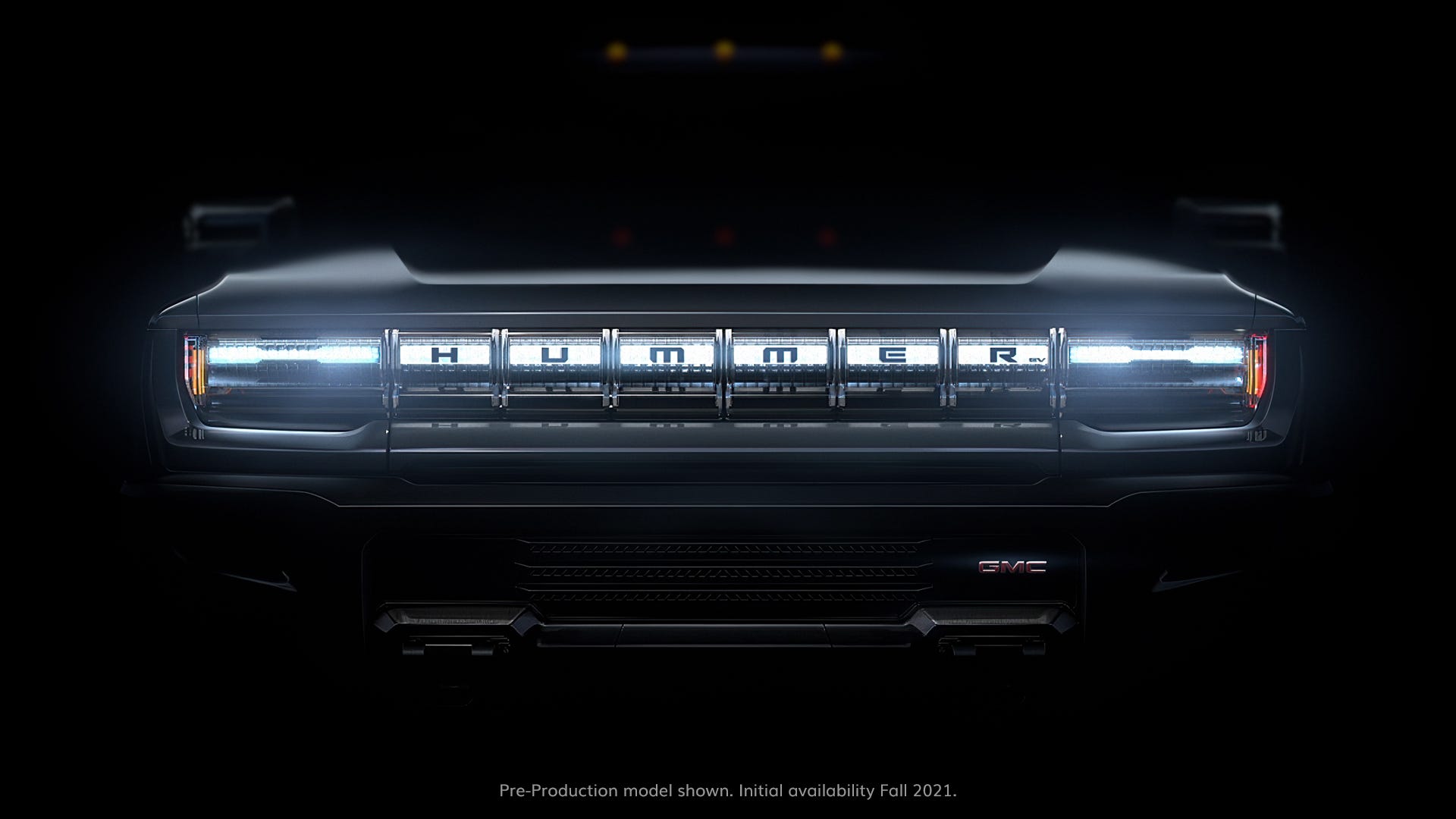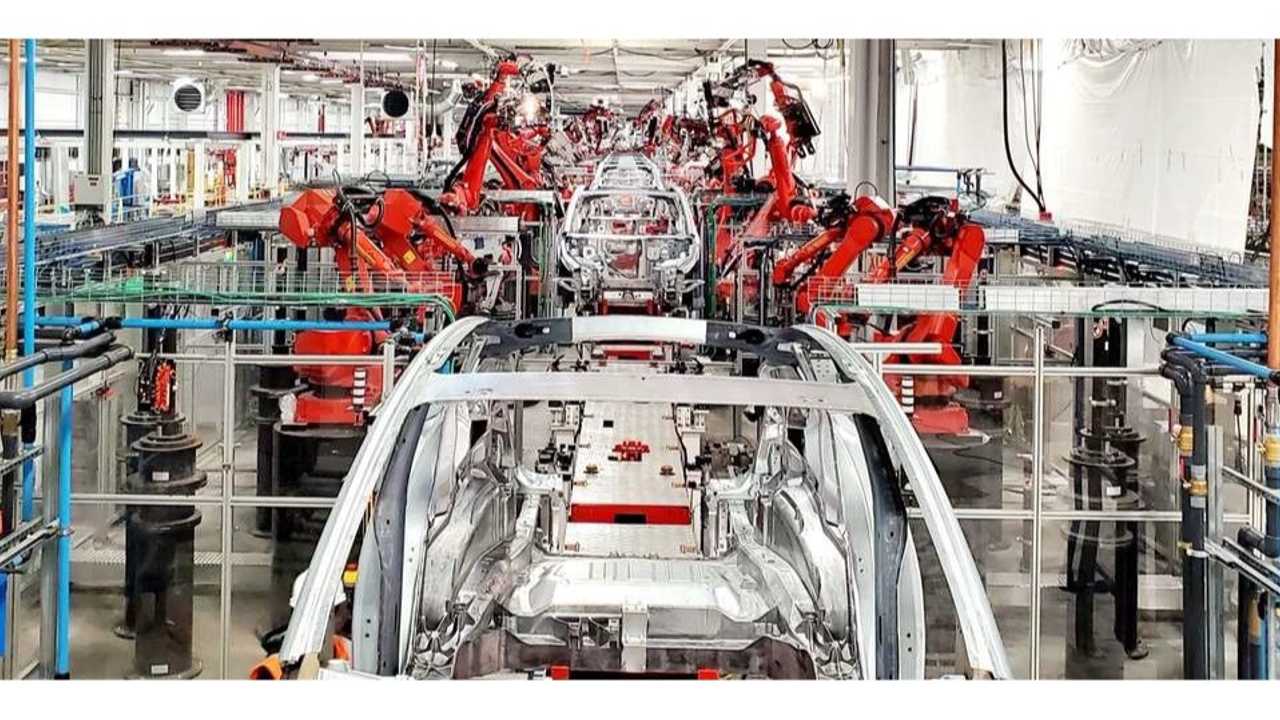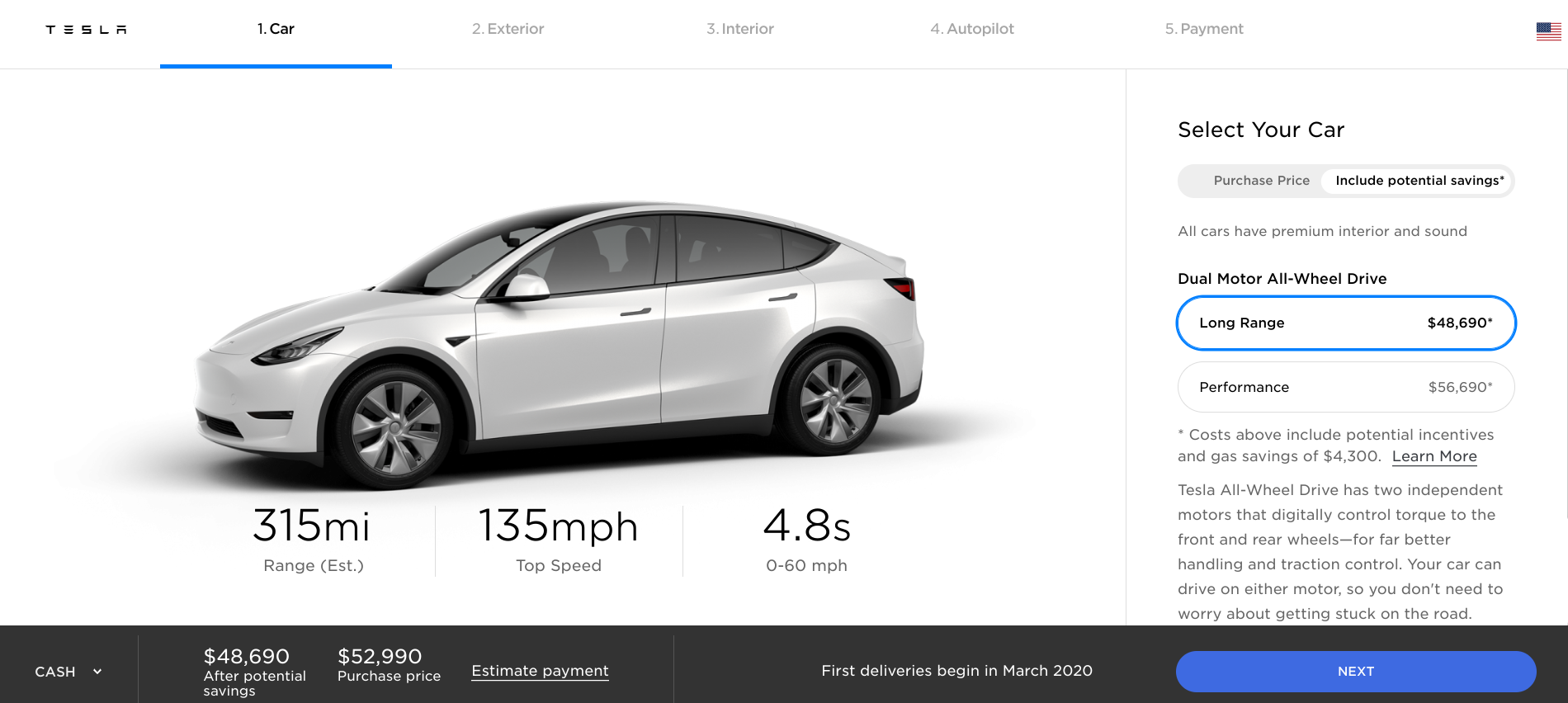Detroit — After months of speculation, General Motors Co. on Sunday will use a 30-second Super Bowl ad to finally reveal details of its new electric GMC Hummer EV pickup. The Hummer EV commercial, entitled “Quiet Revolution,” will feature NBA star LeBron James. It details features of the truck and ends with a date: May 20, when the Detroit-built Hummer… Continue reading GMC Hummer EV: 1,000 horsepower, zero-to-60 in 3 seconds
Tag: Tesla
Tesla Model 3 Protected Owner, Family During Australian Fires
You may have heard about the widespread bushfires that affected huge swathes of Australia. They were especially severe last summer (some are still burning to this day) and they forced people to escape, which many did in their cars. It was in these conditions that electric cars proved they hold several advantages over internal-combustion cars,… Continue reading Tesla Model 3 Protected Owner, Family During Australian Fires
Let’s Look At Tesla Production Sites By Model Assignment, Capacity
Tesla expects that this year it will comfortably exceed 500,000 electric car sales, which is possible thanks to significant expansion of its manufacturing capacity. Here we take a look at all the Tesla production sites, models assigned to them and production capacity. Tesla recently added Model Y production to its plant in California (since January),… Continue reading Let’s Look At Tesla Production Sites By Model Assignment, Capacity
Tesla Earnings Call Highlights: Musk ‘Super Deep’ On Batteries & More
EDITOR’S NOTE: This article comes to us courtesy of EVANNEX, which makes and sells aftermarket Tesla accessories. The opinions expressed therein are not necessarily our own at InsideEVs, nor have we been paid by EVANNEX to publish these articles. We find the company’s perspective as an aftermarket supplier of Tesla accessories interesting and are happy to share its content… Continue reading Tesla Earnings Call Highlights: Musk ‘Super Deep’ On Batteries & More
Tesla and the number 500,000, again
The Lord Elon, he loves that half-million. Go to Source
Who buys Tesla in France?
Posted on Jan 30, 2020 at 12:00 p.m. Updated on Jan 30, 2020 at 12:36 p.m. Become in a few years the attraction of the world automotive scene, Tesla, which still thrilled the stock market on Thursday with its annual results , still has a relatively discreet presence in France. If sales remain far from… Continue reading Who buys Tesla in France?
Tesla partners with LG Chem, CATL for battery supply
FILE PHOTO: The logo of Tesla is seen in Taipei, Taiwan August 11, 2017. REUTERS/Tyrone Siu/File Photo (Reuters) – Tesla Inc (TSLA.O) has entered into a partnership with South Korea’s LG Chem Ltd (051910.KS) and China’s CATL (300750.SZ) for supply of batteries used in its electric cars, the company said on Wednesday. Tesla, which has… Continue reading Tesla partners with LG Chem, CATL for battery supply
Tesla unveils new Model Y wheels: Überturbine and Induction wheels
Tesla has updated all the wheels options for the Model Y – unveiling two more wheel designs in the process: Überturbine and Induction wheels. Over the last few months, we have seen many new Model Y prototypes with unreleased wheels, including wheels that Tesla first unveiled on the Model 3 prototypes back in 2016 but… Continue reading Tesla unveils new Model Y wheels: Überturbine and Induction wheels
Tesla Model Y AWD Range Now 315 Miles: Is World’s Most Efficient SUV
Tesla says the Model Y can now go 315 miles per charge and notes that it’s the world’s most energy-efficient SUV. In the Q4 earnings report, Tesla provided some update details on the Model Y. In addition to it being way ahead of schedule and set for first deliveries in March 2020, Tesla now says… Continue reading Tesla Model Y AWD Range Now 315 Miles: Is World’s Most Efficient SUV
Elon Musk on Tesla Cybertruck: it’s better than people realize – there’s more to it
In a call with investors, Tesla CEO Elon Musk said that the Cybertruck, Tesla’s new electric pickup truck, is “better than people realize” and there’s some information that the public doesn’t have yet. When Tesla unveiled the Cybertruck in November of last year, it created a lot of talk, mostly about its design, but many people focused… Continue reading Elon Musk on Tesla Cybertruck: it’s better than people realize – there’s more to it


